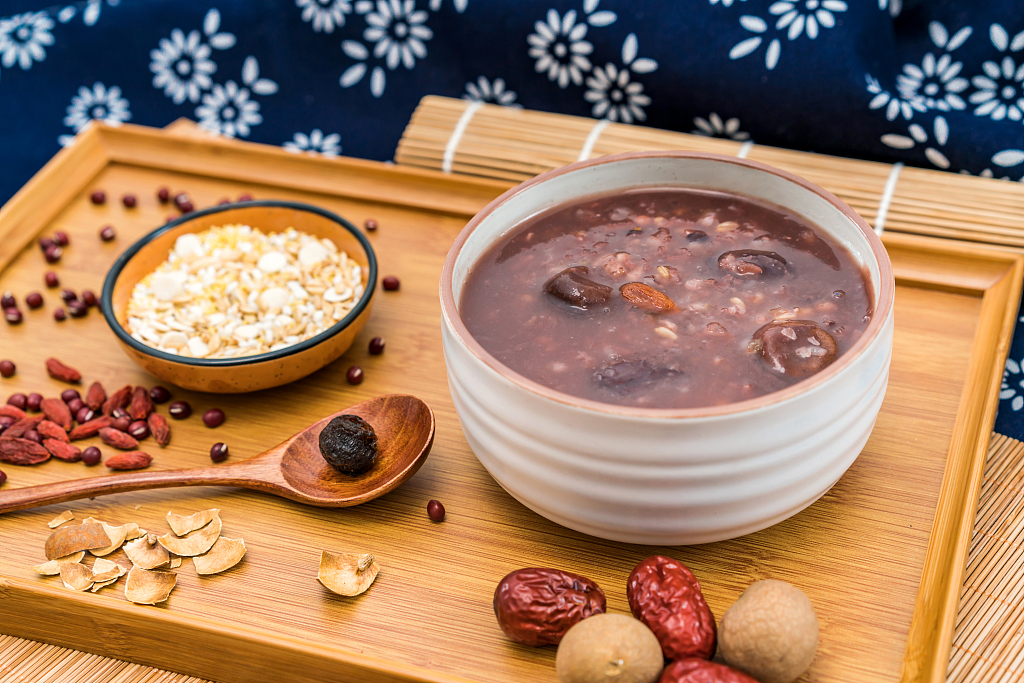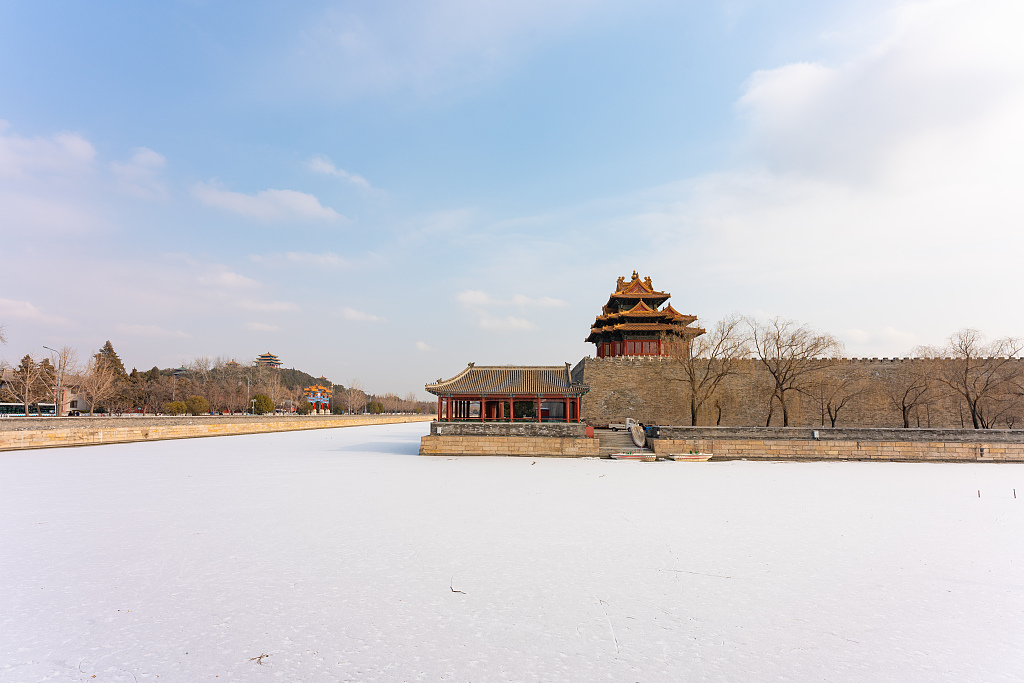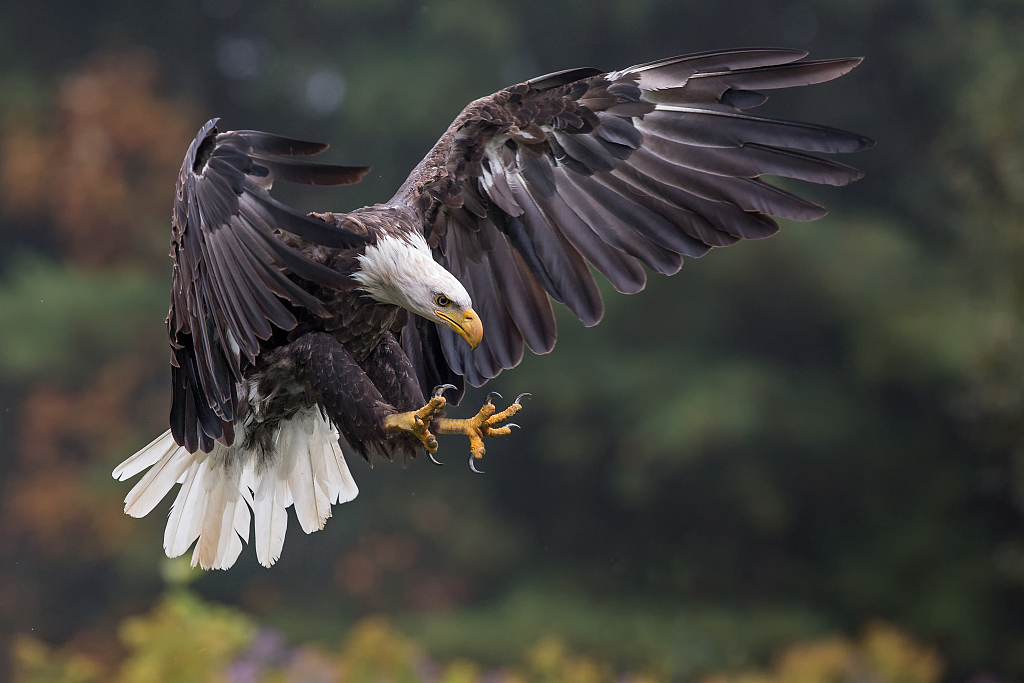Wednesday marked Dahan, or the Major Cold in the Chinese solar terms. This is the last solar term of the winter and also the whole year. Today is also the date for another traditional Chinese celebration--the Laba Festival-- regarded as a warm-up celebration for the upcoming Spring Festival. You can prepare some hot Laba porridge to celebrate the holiday to keep yourself warm on this special day.

The Laba porridge, a food to celebrate the Laba Festival. /VCG
The Laba porridge, a food to celebrate the Laba Festival. /VCG
During the solar term, China witnesses cold fronts followed by strong winds and temperature decreasing. Therefore, Beijing City, located in north China, had a brief spell of snow on Tuesday.

Beijing welcomed a snow on January 19, 2020. /VCG
Beijing welcomed a snow on January 19, 2020. /VCG
The three pentads--each constitute five days--of Dahan reflect the climatological and phenological changes in ancient China. When Dahan arrives, the chicken starts to hatch chicks as ultraviolet rays in the sunlight, which helps in newborns' healthy growth, increases. Besides, as the weather remains cold, raptors need more food to keep warm, so you can see them hover and prey frequently.

Raptor hovers and preys more frequently during Dahan. /VCG
Raptor hovers and preys more frequently during Dahan. /VCG
Except the animals, you can also find the frozen lakes and rivers because of dramatic drop in temperature. As for the flora, Dahan is still the peak blossoming period for plums. You still get enough time to observe the nature in their beautiful fragrance.

Plum blossoms bloom vividly in snow. /VCG
Plum blossoms bloom vividly in snow. /VCG
(All images via VCG)
(If you want to contribute and have specific expertise, please contact us at nature@cgtn.com.)

